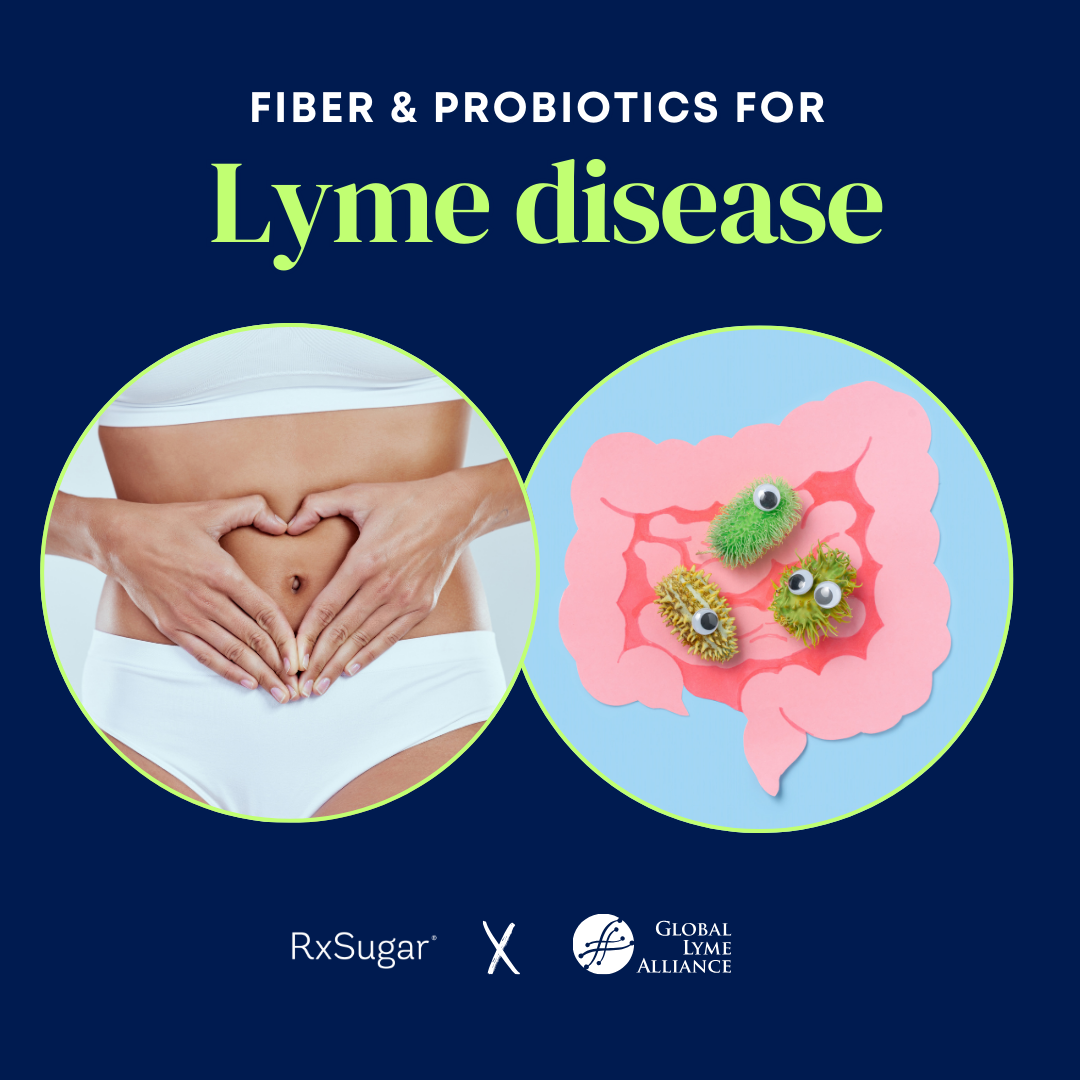
By Jennifer Crystal
In last week’s post, I talked about the various dreams I had during different stages of my battle with tick-borne illnesses. Some were hallucinogenic nightmares. Some were meaningful. And some gave me a simple message of rest. Hardest to endure were the dreams that reminded me of activities I could no longer do and feelings I no longer experienced. These dreams left me longing for my old life.
In my waking hours, I also longed for healthier days. I kept talking about getting back on track: getting back to work, back to my apartment that I’d given up to move in with family when I became too sick to care for myself, back to the life in Colorado I’d left to convalescence in my home state of Connecticut. When I finally did achieve remission, I even threw a big “Back to Life” party.
Illness is not the only challenge that makes us long for the past. Whether healthy or sick, simply growing older makes many people nostalgic for “the good old days.” Young professionals remember the ease and fun of college. New parents remember the freedom of being newly married. The elderly long for the stamina of their youth. These days, we all long for our pre-pandemic lives.
It’s easy to view the past through rose-colored glasses, forgetting that college also meant long hours of studying; that the first year of marriage can be the hardest; that youth comes not just with stamina, but also with financial and emotional stresses. Our memory of a time or event might be brighter than what the experience actually was.
When your life is changed indefinitely or irrevocably, this can actually be a good thing.
Let me give a very simple example. When I went on the “Lyme diet,” I craved my favorite treats. I was strict about not eating gluten or sugar, but boy, did I miss them. For three years I didn’t touch chocolate. All I wanted was a bowl of ice cream. Sometimes I even dreamed about it.
One day my mom came home with a chocolate milkshake from my favorite ice cream shop. “How could you drink that in front of me?” I whined.
She held it out. “Take a sip. It won’t kill you.”
I hesitated only for a moment and then reached for the straw, taking a long sip of what I thought would be a delicious indulgence.
It was disgusting.
The milkshake tasted so sickeningly sweet that I immediately spit it out in the sink. I’d gotten so accustomed to not consuming sugar that even a small amount of it tasted terrible to me. After that, I never craved a milkshake again.
I am so glad I took that tempting sip that day, because it showed me that sometimes the memory of something is better than the real thing. Those memories are sweet and real. We experienced them and we should look back on them happily. But they belong in the past. One sip of a milkshake helped me reframe my entire perspective on what I was actually hoping to achieve with treatment for Lyme disease, babesiosis, ehrlichiosis and chronic Epstein-Barr virus. I realized that the goal was not actually to go back; it was to move forward in the context of my illnesses, to shift from surviving to thriving, even though that meant making certain adaptations to my lifestyle.
Since then, I’ve found many new treats that work within my dietary restrictions, including naturally-sweetened chocolate ice cream that may even taste better than the “real thing.” I never would have discovered all of the options available if I’d spent my time hankering for a treat I could no longer have. This doesn’t mean we should give up on dreams of the past entirely. I have regained my ability—albeit in moderated ways—to do many of the activities I loved in my pre-illness life. I have gone back to work, though not on the 9-5 schedule I once led. My new schedule is more flexible, and works better for my needs. Once I stopped clinging to the idea of my old life, I opened myself up to opportunities I never knew were possible.
A friend recently asked me, “When the pandemic is over, do you think people will still wear masks when they’re sick?” I replied that I hope they do (or better yet, that they’ll stay home). We won’t ever fully recover to our pre-pandemic state—certainly, we can’t get back the more than 400,000 lives that have been lost—but we have learned some lessons that can make things better in the future. We can make changes that we otherwise wouldn’t have thought to make. Hopefully, we’ll take better care of ourselves, and be more mindful of how our actions affect others.
These improvements will be worthy of celebration—with a milkshake!

Jennifer Crystal
Writer
Opinions expressed by contributors are their own. Jennifer Crystal is a writer and educator in Boston. Her work has appeared in local and national publications including Harvard Health Publishing and The Boston Globe. As a GLA columnist for over six years, her work on GLA.org has received mention in publications such as The New Yorker, weatherchannel.com, CQ Researcher, and ProHealth.com. Jennifer is a patient advocate who has dealt with chronic illness, including Lyme and other tick-borne infections. Her memoir, One Tick Stopped the Clock, was published by Legacy Book Press in 2024. Ten percent of proceeds from the book will go to Global Lyme Alliance. Contact her via email below.






